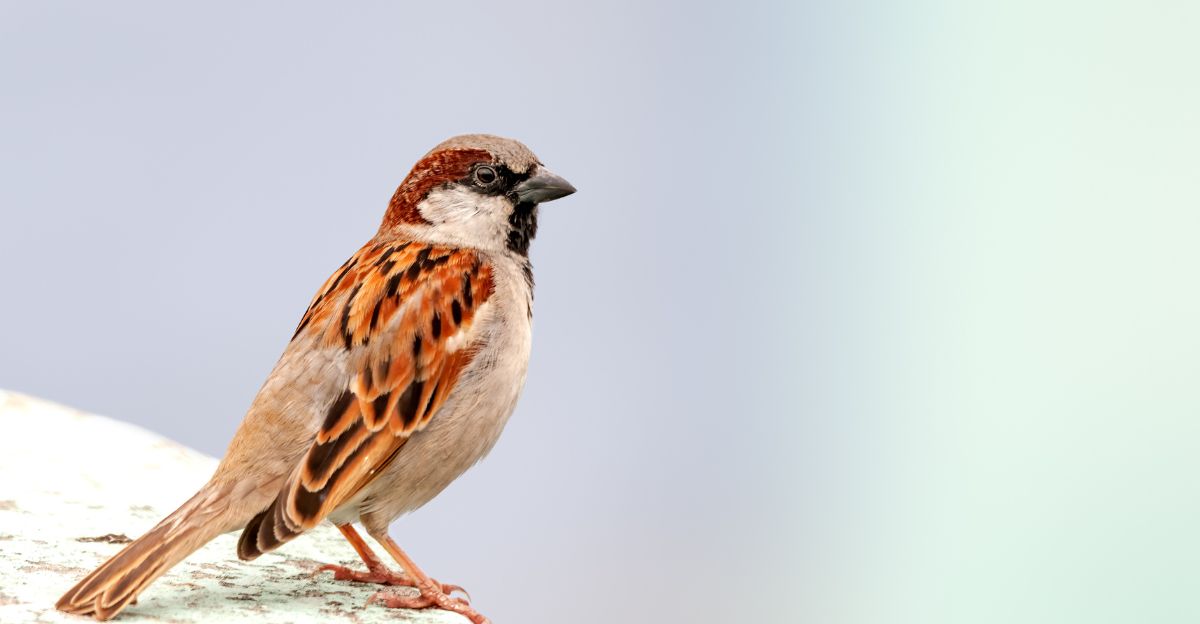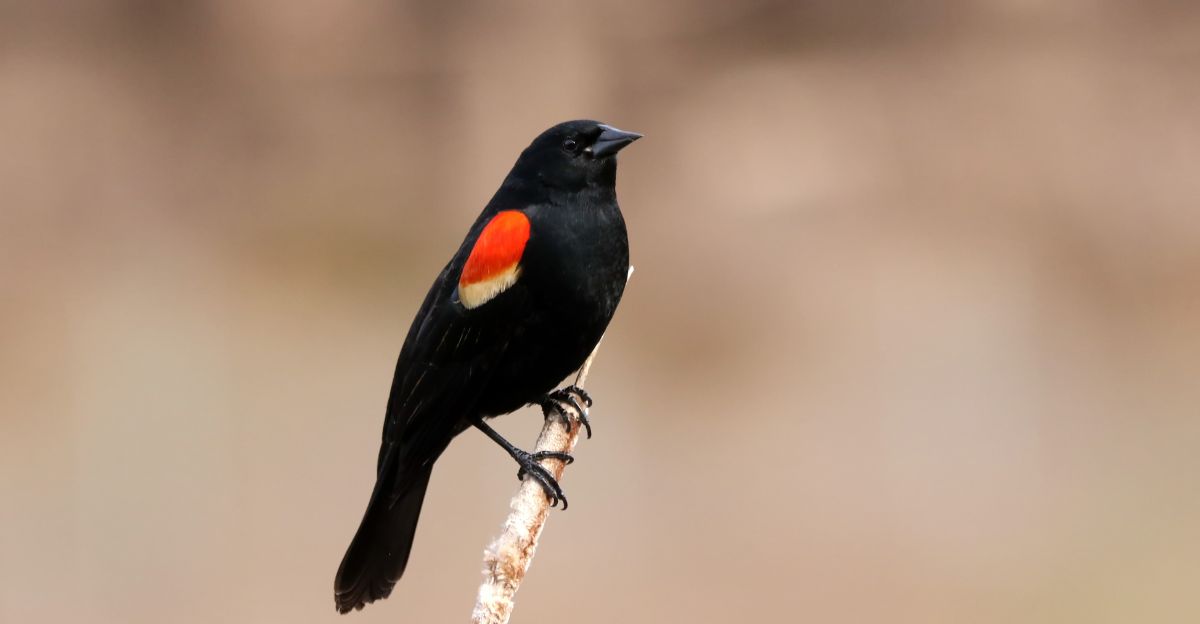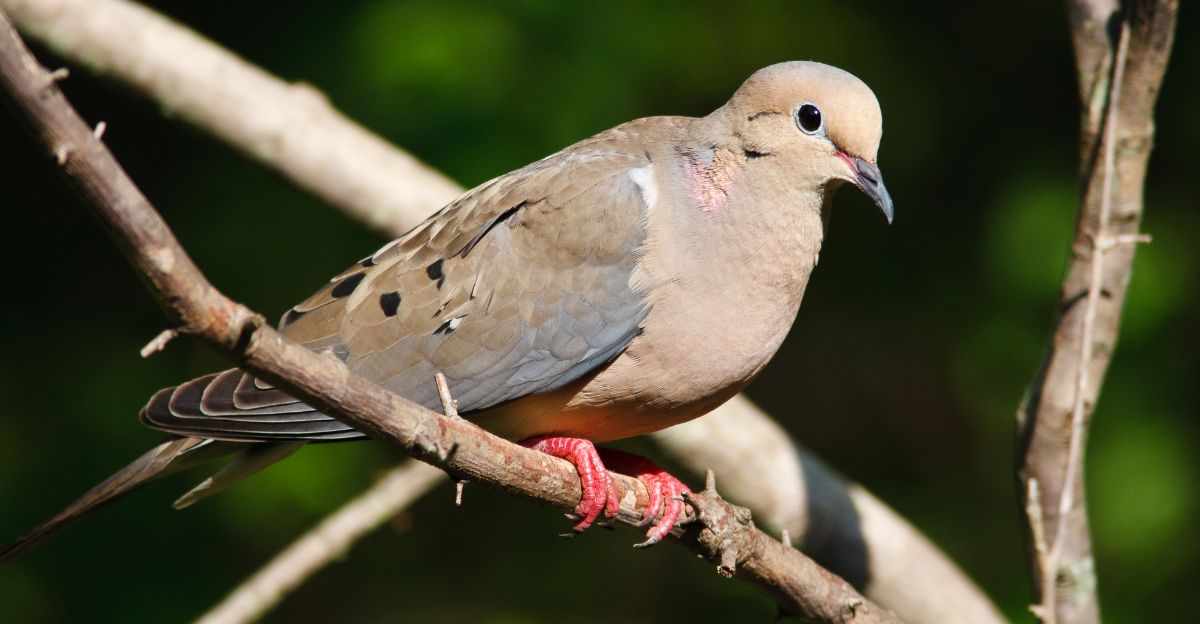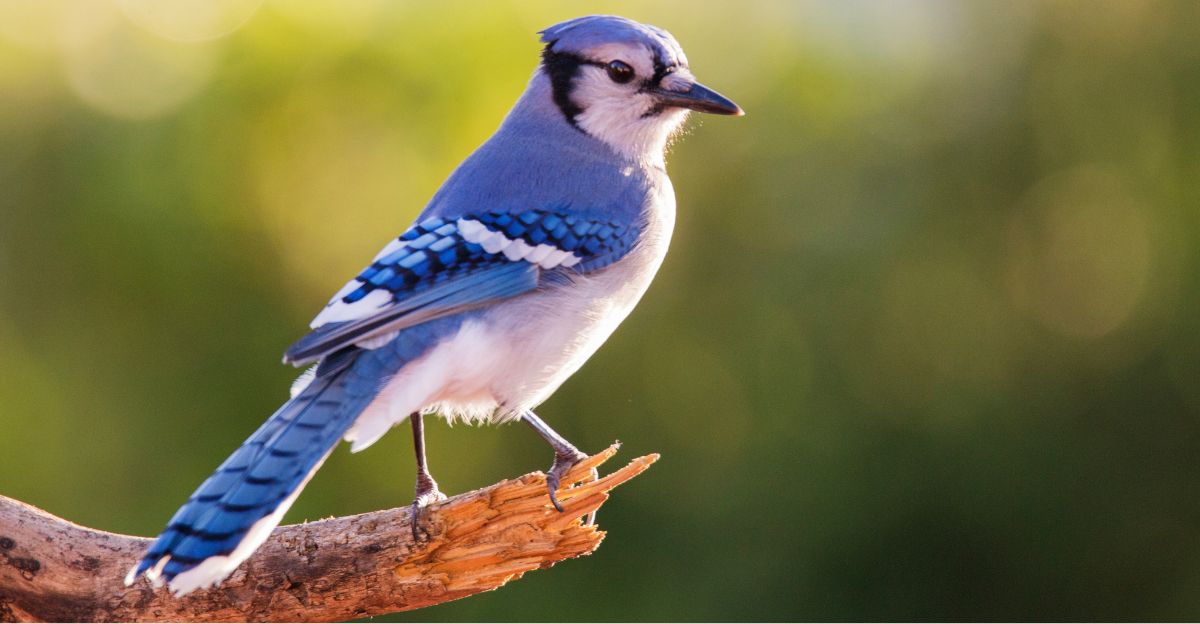
Many people think the birds they see in their backyards are native and naturally belong there. But in reality, America’s most common birds are part of a massive ecological shake-up that’s still unfolding.
With 96 million Americans now birdwatching; more than double the number in 2016, most are unaware they’re witnessing a biological revolution that began over 150 years ago. Today’s most common American birds reveal stories of invasion, adaptation, and cunning intelligence that challenge long-held ideas about nature.
Some species hitched rides on ships, others were introduced by literature-loving immigrants, and a few have mastered the art of exploiting human behavior better than any other wild animal. These aren’t just backyard beauties; they’re ecological power players whose rise speaks volumes about human impact, and species resilience reshaping how we experience wildlife. A few of them might just surprise you.
The American Robin

Everyone thinks they know the American Robin, but the truth is far more surprising. Once a forest species, robins reinvented themselves when settlers cleared land, using human expansion to their advantage.
While we welcome them as cheerful signs of spring, they’ve actually become suburban opportunists, arriving just as lawns are mowed and worms are unearthed. They’ve even evolved to spot and reject parasitic cowbird eggs, an advanced skill few birds possess.
With over 370 million individuals, robins are North America’s most abundant landbird, and they’ve done it by mastering human environments. We think we’re watching nature unfold, but what we’re really seeing is a clever adaptation over 200 years in the making.
The European Starling

The European Starling’s reign began as a literary tribute and spiraled into ecological chaos. Introduced around 1890, possibly by Shakespeare enthusiast Eugene Schieffelin who wanted every bird mentioned in the Bard’s works living in America, starlings now number over 200 million. They destroy nearly $1 billion in crops each year, spread disease, and have even caused fatal aircraft collisions, including the 1960 Boston Electra crash.
Adding insult to injury, they’re alarmingly smart, mimicking everything from R2-D2 to human speech. These unwelcome invaders aren’t just thriving; they’re thriving at our expense, outwitting us while leaving destruction in their wake. This isn’t just an accident of history, it’s an expensive lesson in unintended consequences.
The House Sparrow

House Sparrows have charmed TikTok with their scrappy urban lives, but their story has a darker side. Brought to America in 1851 to control insects (though they prefer seeds), they’ve multiplied into a 150-million-strong force, legally unprotected and often overlooked. They’re one of just three bird species in the U.S. you can kill without a permit.
Despite a 40% annual mortality rate, their rapid reproduction keeps numbers stable. While we film their antics, these birds have displaced native species through sheer persistence. They’ve become symbols of resilience, but also a quiet reminder of what’s been pushed aside to make room for them.
The Red-winged Blackbird

With up to 250 million breeding pairs across North America, Red-winged Blackbirds are nature’s population experiment gone wild. A single male can mate with up to 15 females, one even sired 176 fledglings in his territory. Despite high annual mortality, their numbers keep surging thanks to prolific reproduction. Winter roosts can reach over 11 million birds, forming biological cities that dwarf most towns.
In 2001, the USDA considered poisoning six million due to crop damage. Their booming numbers reveal both the brilliance and danger of rapid evolutionary success. These birds aren’t just thriving; they’re redefining what overpopulation looks like in the wild.
The Mourning Dove

Mourning doves, with a population of 346 million, quietly power a birdwatching industry worth $279 billion and supporting 1.4 million jobs. Hunters pursue them legally each season, but the bigger economic impact comes from suburban birdwatchers who often start their hobby with this familiar species.
Mourning doves bridge a rare gap, thriving in both urban yards and rural fields. They’ve weathered climate shifts better than many waterfowl, whose populations have dropped 20% since 2014. In a time when over 229 bird species face steep declines, mourning doves stand out as a symbol of resilience and an economic force hiding in plain sight.
The Blue Jay

Blue Jays are brainy, bold, and surprisingly picky. These members of the crow family recognize individual vehicles, learn human routines, and even knock on windows when feeders run low. They’re famously fussy about peanuts, often weighing each one before choosing, and tossing aside imperfect ones.
Before storms, they cache food, showing weather awareness that rivals your favorite app. Despite their reputation for aggression, Blue Jays are deeply social, often taking turns at feeders and sharing with others when food is plentiful. Watching one in action feels like observing a neurotic genius with a nut obsession, and that’s part of their charm.
The Northern Cardinal

Northern Cardinals are official state birds in seven states, but their popularity masks a troubling truth. Their widespread presence today owes more to human-altered landscapes than to natural range expansion. As warmer climates and backyard feeders helped cardinals spread north and west, less adaptable native species lost ground. These striking red birds have come to symbolize beauty and resilience, but they also represent how environmental disruption favors certain species.
With lifespans of up to 15 years, many cardinals have personally experienced decades of ecological change. By celebrating them, we may be mistaking human-fueled success for a symbol of natural heritage.
The White-breasted Nuthatch

White-breasted Nuthatches are acrobats of the bird world, walking headfirst down tree trunks thanks to specialized feet and uncanny balance. Weighing just 20 grams, they access food sources many birds can’t reach. Their long-term monogamous bonds and romantic courtship feedings add emotional depth to their scientific intrigue. Nuthatches also use tools, wedging food into bark crevices and hammering it open with their bills.
Despite their intelligence and wide range, they remain under the radar, often overlooked because they stay in mid-canopy, out of easy view. These tiny birds are rewriting what we know about bird behavior, one quiet maneuver at a time.
The American Crow

American Crows are more than just clever; they’re conducting long-term studies on us. Research from the University of Washington shows crows recognize human faces and pass on grudges to their young, creating intergenerational memory networks. They exploit human patterns with surgical precision, from tracking trash collection to befriending dogs who drop food.
Even more unsettling, crows make tools with twig hooks, relocate food when watched, and problem-solve like human children. They’re not just reacting to the world, we’re part of their learning curve. For birdwatchers, that flips the script. You’re not just observing crows. You’re being observed, studied, and maybe even judged.
The Real Lesson: What “Common” Birds Tell Us About Nature

These nine so-called “common” birds reveal a painful reality: our image of natural American wildlife is shaped by 150+ years of disruption, invasion, and opportunism. The 2025 State of the Birds report flags 229 species for urgent conservation, yet these survivors dominate human-altered landscapes. Their prevalence is not a sign of ecosystem health, it’s a symptom of imbalance.
Meanwhile, we celebrate a billion dollar industry built on these success stories. For future generations, these nine might be America’s baseline, even though they’re markers of what we’ve lost. What other hidden layers lie under our perception of the natural world?
Explore more of our trending stories and hit Follow to keep them coming to your feed!

Don’t miss out on more stories like this! Hit the Follow button at the top of this article to stay updated with the latest news. Share your thoughts in the comments—we’d love to hear from you!







